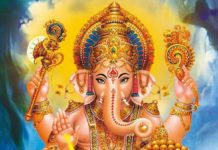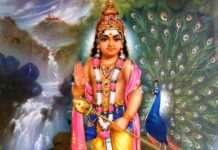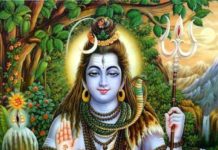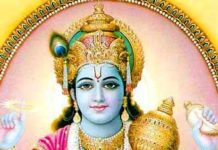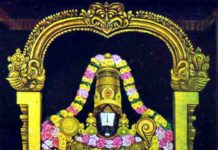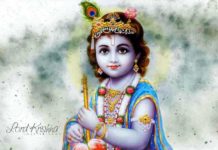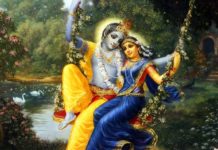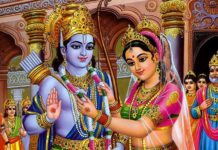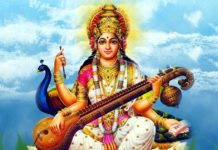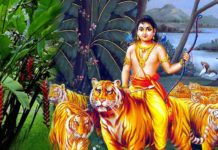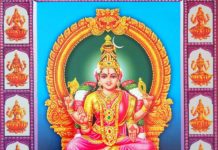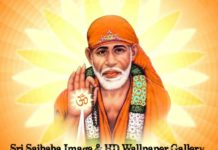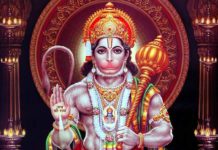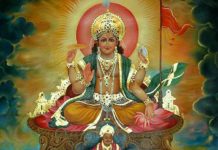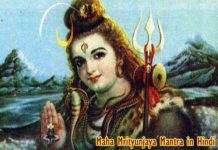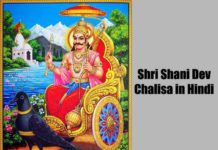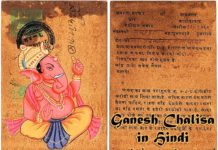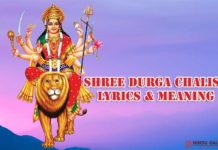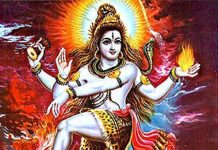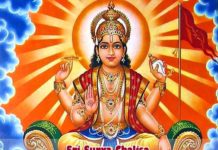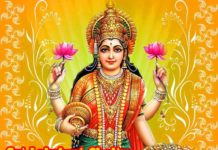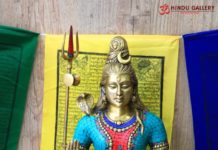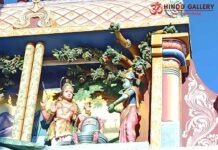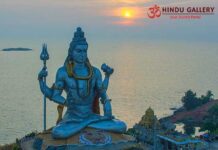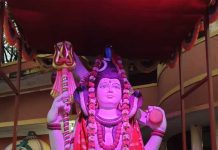Rama Ekadashi is the eleventh day from the Pournami day (Krishna Paksha Ekadashi) which occurs on the Krishna Paksha Ekadashi Tithi of the Ashwin month as per Amantha and the Karthika month as per Purnimantha Calendars. Ideally, this Ekadashi immediately precedes Deepavali.
Rama Ekadashi occurs on Monday, 28th October 2024. The exact duration of the Ekadashi Tithi has to be ascertained from the respective regional calendars. This Ekadashi is prominent as it occurs during Deepavali period.
On Rama Ekadashi day, the Damodara form of Sri Maha Vishnu is worshipped. ‘’Damodara” means “the one whose waist is wound with a rope”.
Sri Yashoda Devi, the foster mother of Sri Krishna always used to receive complaints on the mischievous plays of the little Krishna. To prevent Him from indulging in pranks and to keep an eye on Him, she used to wind Him up with a rope and tie the rope to the nearby tree or some stone implement. The mark of the rope remained in His belly. Hence the name “Damodara” which is the combination of “dama(rope)” and “udara(belly)”.
Legend
As per Brahma Vavartha Purna, Bhagwan Krishna had narrated the importance and significance of this Vrat to the King Yudhishtra.
Once there was a King named Muchukandha. He was a good and pious King. He was a devout Vishnu Bhakt. He sincerely followed all the Ekadashi Vrats. He also had ensured that his family and his subjects also observe Ekadashi Vrats diligently.
The King had a daughter named Chandra Bagha. She too was an ardent Vishnu Bhakt. When the right time occurred, King Machukandha had married off his daughter to Shoban, the Prince and the son of King Chandra Sena.
King Machakandha had asked his son-in-law Shoban to observe the Ekadashi Vrat as per the family tradition. Though Shoban tried his best, he could not control his hunger pangs. He soon passed out due to fatigue and hunger. Chandra Bagha was heart-broken that her fallen husband had disappeared.
Meanwhile, though Shoban was near dead, because of the effects of the partial Vrats observed by him, was wandering in Mandranchal mountains. There a celestial being had helped him observe the Vrat completely.
King Machakandha also had spotted his son-in-law in the Mandranchal mountains. He had duly informed his daughter Chandra Bagha. Chandra Bagha had immediately reached the Mandranchal mountains and got united with her husband Shoban.
Since then, the couple kept observing the Ekadashi Vrats together with devotion and sincerity.
Rama Ekadashi – rituals
The general rituals followed for Ekadashi Vrats are given below:
-The exact time of dawn of Ekadashi tithi is ascertained either from family elders / astrologers. It is mentioned in the Holy Almanac (Panchang) as well. Even daily Calendars provide the information.
-The idol or picture of Sri Vishnu is decorated with flowers. Incense sticks are burned. Diyas are lit with ghee. Pujas are done with tulsi leaves. Slokas or stotras of Sri Maha Vishnu including Sri Vishnu Sahasra Nama are recited with devotion. Srimad Bhagavad Gitaa is also recited.
-Special Puja is done for Sri Lakshmi Devi as well.
-The Vrat Katha is to be read and recited.
-At the end of the puja, aarti is done. Prasad is distributed to the family members.
-Devotees of Bhagwan Maha Vishnu observe strict fasting from the dawn of Ekadashi.
-They do not sleep on the night of Ekadashi. At this time, tales of Sri Maha Vishnu are recited by the elders. Others listen to the stories.
-Various bhajans and kirtans are held.
-The fast shall continue till the sunrise of the next day, i.e., Dwadashi.
-Those devotees who cannot do fasting due to medical or other reasons can take sattvic food. Mostly prasadams and fruits are partaken.
-Making daan / donation to the needy on Ekadashi day is believed to please Sri Maha Vishnu.
-On Dwadashi day, unless it happens to be another Vrat day, a nutritious meal is partaken to balance the internal physical effects of fasting on the previous day. It is considered pious to forego eating of brinjal on Dwadashi day.
Benefits
-Observation of this Vrat offers salvation even to the ancestors.
-Fulfillment of the wishes
-Happiness and prosperity
-Alleviation of sins
-Salvation and moksha to reach Vaikunt.
Importance should be given to the sincere prayers to Sri Maha Vishnu.
The synopsis of Kamada Ekadashi, Varuthini Ekadashi, Mohini Ekadashi, Apara Ekadashi, Nirjala Ekadashi, Yogini Ekadashi, Devshayani Ekadashi, Kamika Ekadashi, Sravana Putrata Ekadashi, Aja Ekadashi, Parivarthini Ekadsshi, Indra Ekadashi and Papankusha Ekadashi are narrated in the previous articles.






